Valve Index VR Headset: 1440×1600 per Eye and 120/144 Hz LCDs
by Anton Shilov on May 2, 2019 9:00 AM EST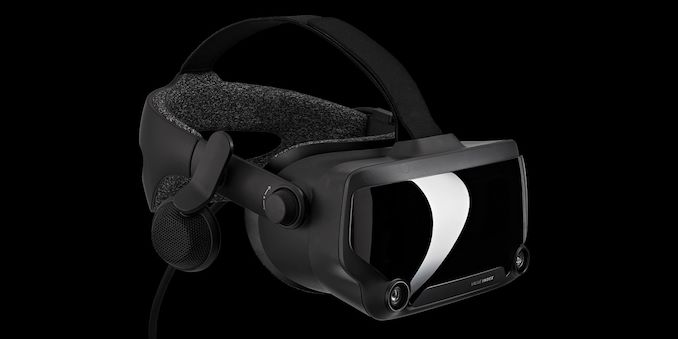
Valve this week started to take pre-orders on its next-generation Index VR headset that was developed entirely in-house. The product significantly improves all the capabilities of the HTC Vive (the first Steam VR headset) when it comes to screen quality, controllers, ergonomics, and tracking (according to the developer).
One of the key part of every VR headset is its display subsystem. The Valve Index is equipped with two LCD screens featuring a 1440×1600 resolution per eye (2880×1600 combined resolution), an up to 120 Hz refresh rate (as well as 144 Hz in overclocked mode), and an expanded field of view of around 130°. The screens are equipped with new optics featuring adjustable dual element canted lenses that ensure optical sharpness across the entire surface and enable users to look around using their eyes, not only the head. The optics also feature interpupillary distance and lens-eye distance adjustments to ensure the maximum viewing comfort.
When it comes to audio subsystem of the Valve Index, it has two nearfield off-ear speakers that feature accurate spatial positioning, yet do not touch ears. This is designed to ensure that users will not get as tired when using the headset and will still hear what is going around them. The headset also features a 3.5-mm headphone jack for those who prefer their own headphones.
Unlike other advanced contemporary VR headsets, the Valve Index continues to use external trackers. The SteamVR Tracking 2.0 system relies on two or four base stations featuring laser tracking that are said to be more reliable, more energy efficient, and cheaper to produce. Valve says that when using four trackers, gamers will be able to enjoy play areas of up to 10×10 meters. It remains to be seen whether such play areas are practical with a tethered headset, however. It is noteworthy that owners of the original HTC Vive will be able to use their base stations with the Index VR headset, but the reverse is not true: the new trackers can only be used with the new Index headset.
In addition to the new tracking system, Valve’s Index VR also comes with all-new controllers. The new controllers can track not only the position in space, but also all five fingers (a consumer industry first), allowing to grab and throw virtual objects. Obviously, to take advantage of the new feature, support from games is required. The Index Controllers also feature a small joystick, a tiny touchpad, two buttons, an analog trigger, a system button, a strap, and a Micro USB port for charging (Ian: a what??). Valve believes that its controller can live for about seven hours on one charge, but everything naturally depends on the actual use.
Last but not least, Valve says that its new head strap that features a rear strap knob, a top strap adjustment, as well as an overall better ergonomics than competing HMDs.
Valve’s Index VR headset uses a DisplayPort 1.2 and a USB port to connect to PC. When USB 3.0 connection is used, it will be possible to access camera’s pass-through mode for AR applications. Meanwhile, the HMD also has a VirtualLink interface support that can handle both display and USB data through a single USB Type-C cable.
Valve is taking pre-orders on its Index VR headset now with plans to ship the units in June. The whole package containing the HMD, controllers, and base stations costs $999. Alternatively, it is possible to get the HMD with controllers for $749, only the headset for $499, only the controllers for $279, and a pair of base stations for $299.


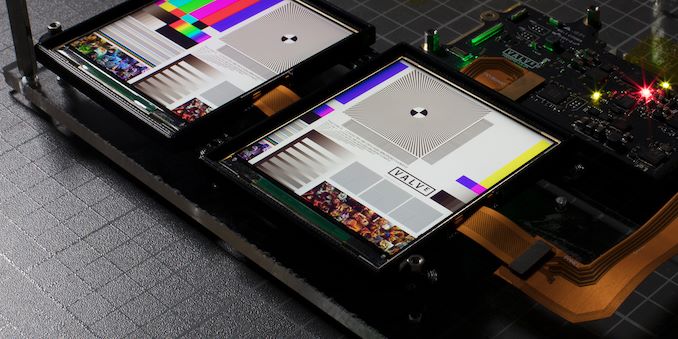
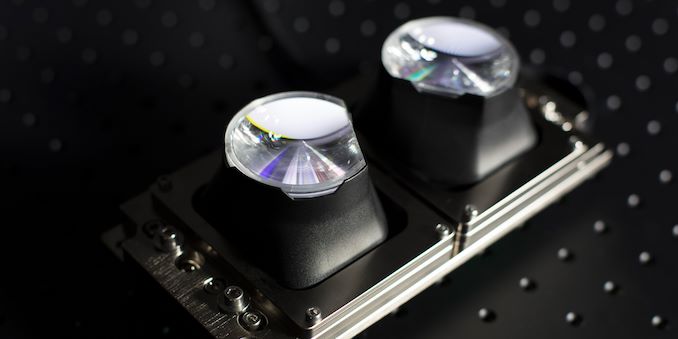
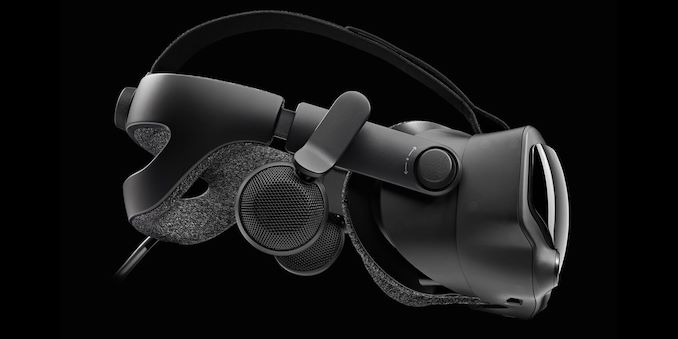
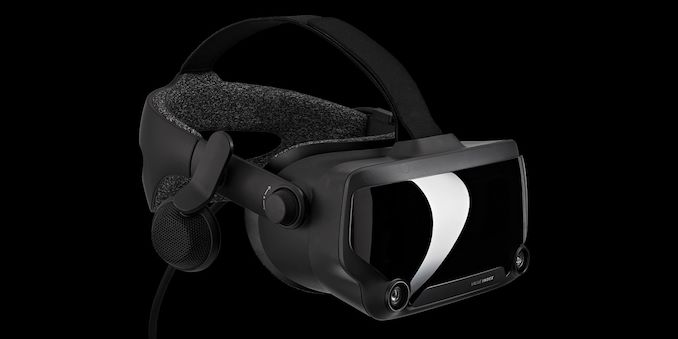
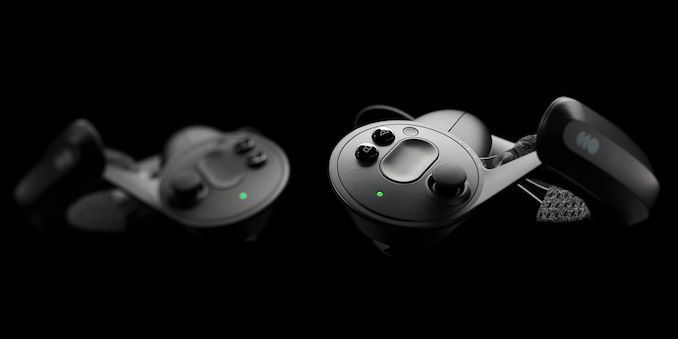
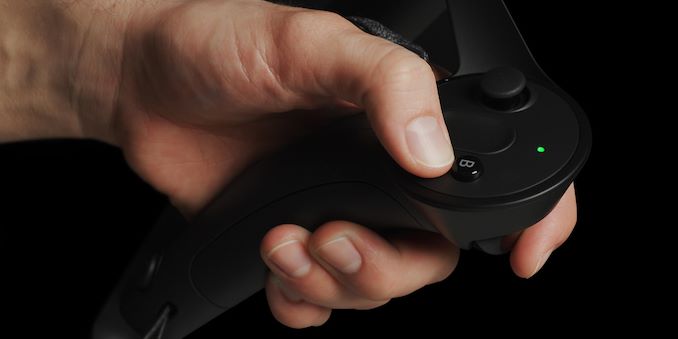
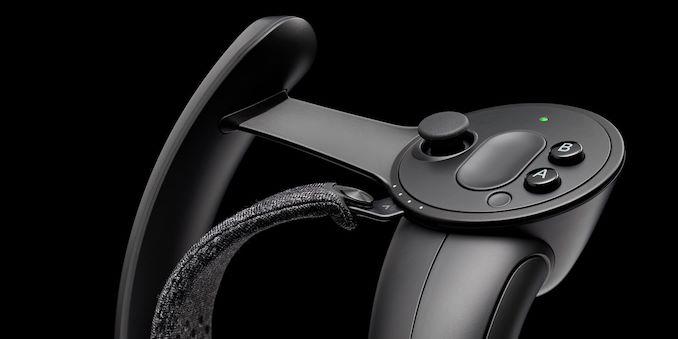








55 Comments
View All Comments
Thud2 - Thursday, May 2, 2019 - link
Being a "VR enthusiast" I think every aspect of this looks amazing. Most people don't seem to appreciate the advancement made by this headset. Wider FOV, higher pixel density, smaller inter-pixel gaps, 120hz+ screens, dual element lenses with IPD and Lens Distance adjustment, off ear flat panel sound, 3D camera pass through with developer SDK, a built in accessory port, the largest tracking area, best tracking fidelity and controllers with finger tracking.I for one can't wait... and can't afford it.
Beaver M. - Friday, May 3, 2019 - link
I do appreciate it a lot. But the price is too steep and the PC hardware needed for it doesnt even exist yet, unless you put like 2 or 3 2080 Ti in your PC, which would make the price completely insane and you going nuts from microstuttering and power bills.So it will fail. Its too soon, unless Valve is going to announce a GPU tomorrow that is twice as fast as a 2080 Ti and costs only $500.
pkmar - Thursday, May 2, 2019 - link
Any indication this will be coming out with the launch of a premium valve title? Seems like they used to launch new engines and tech with an amazing new game.Opencg - Friday, May 3, 2019 - link
look up boneworks on youtubeBeaver M. - Friday, May 3, 2019 - link
Far too expensive. I mean the technology looks good on paper, but thinking about what kind of a PC you need for that and that even the fastest GPUs are essentially still too slow for that at 120 FPS, its just not feasible.Wait another 2 or 3 GPU generations, which should also decrease their price a good amount for performance like this, and then we can talk about it again. GPUs able to power this first need to reach at least GTX 2070 prices. Before that, this will just not be successful enough.
So now, this will just be another overpriced VR set that only few people will buy, and will probably be axed again in a few years, like all Steam hardware so far.